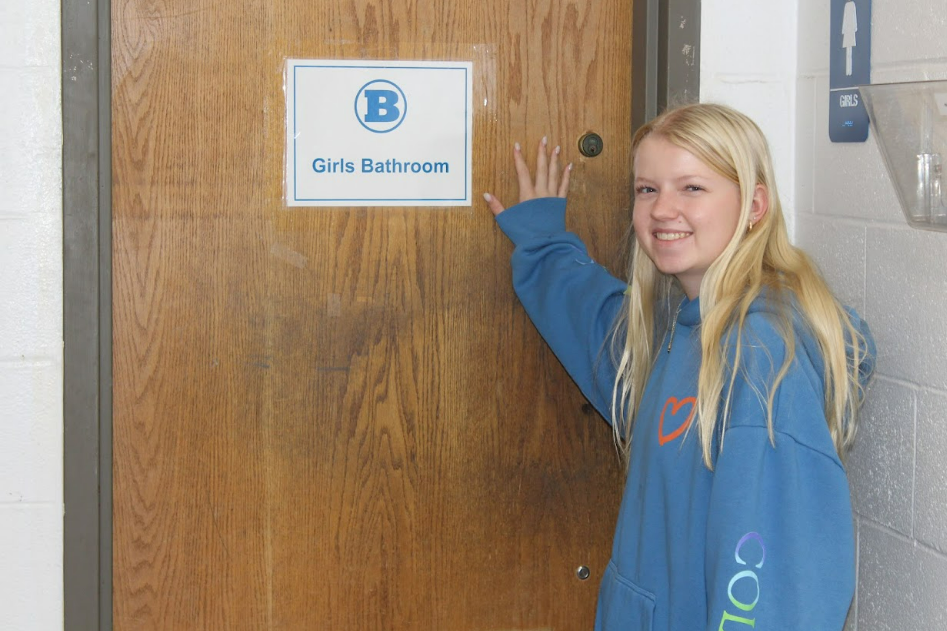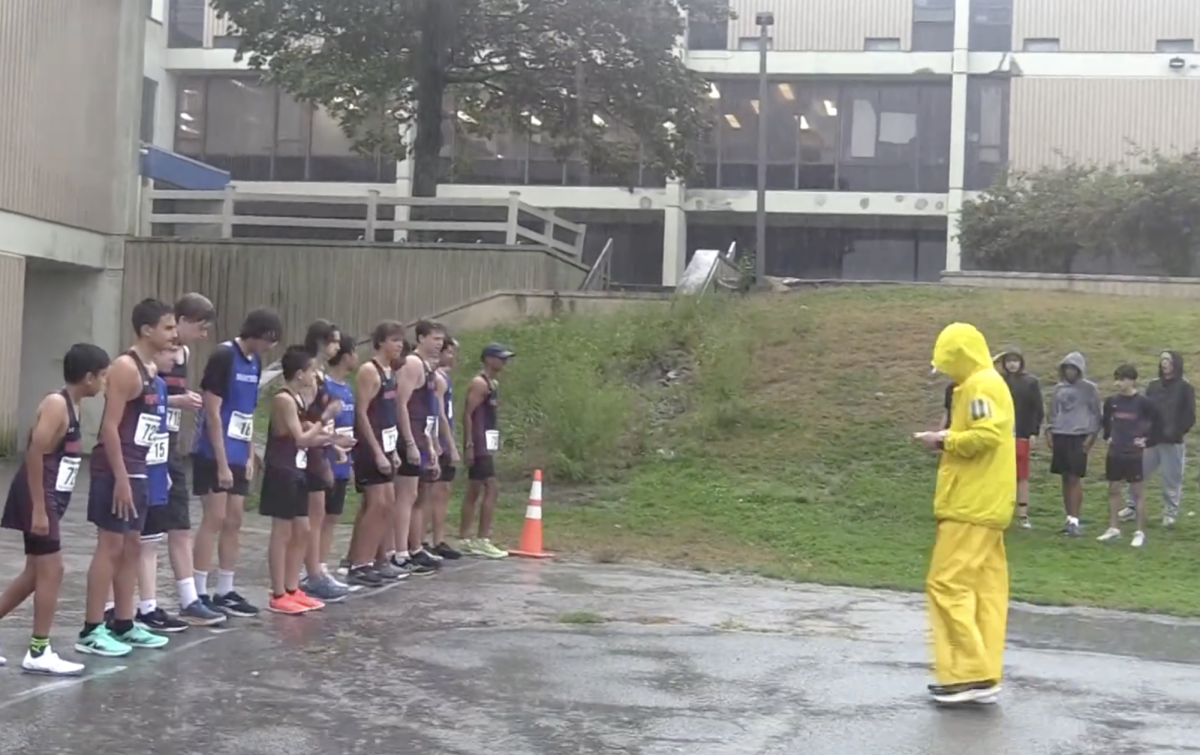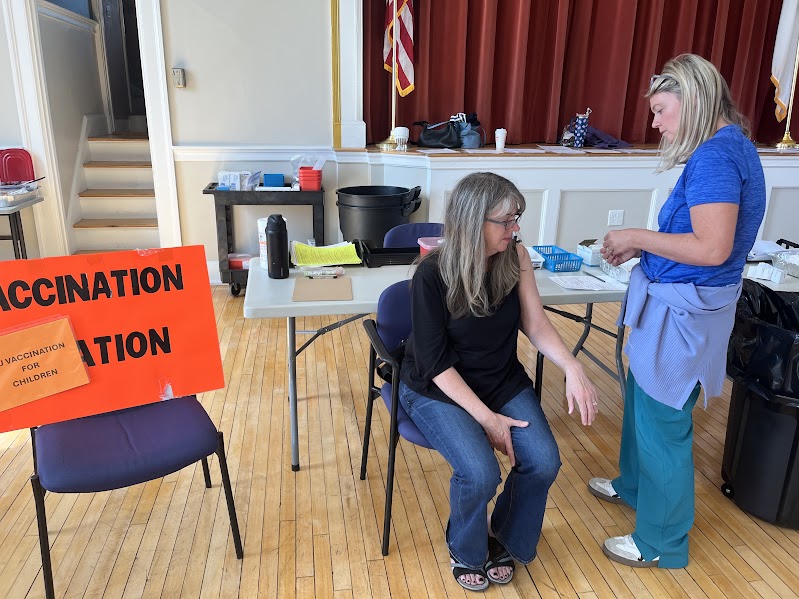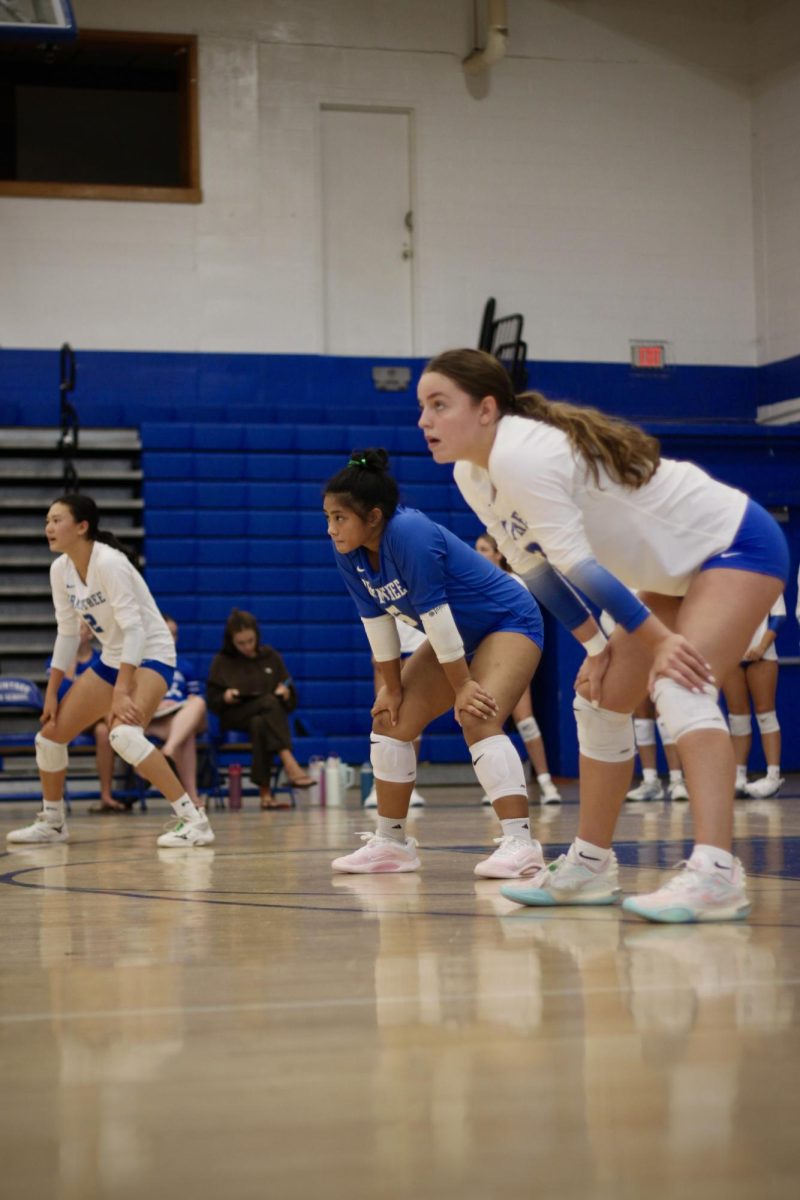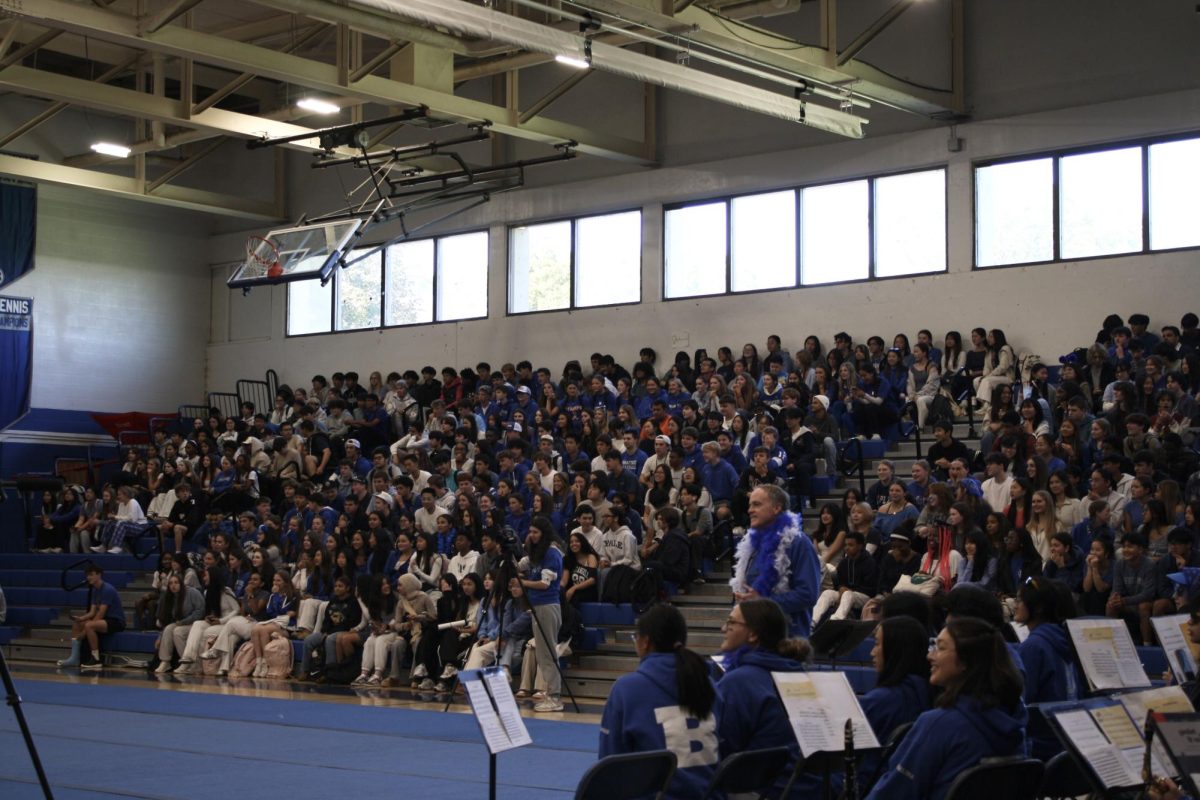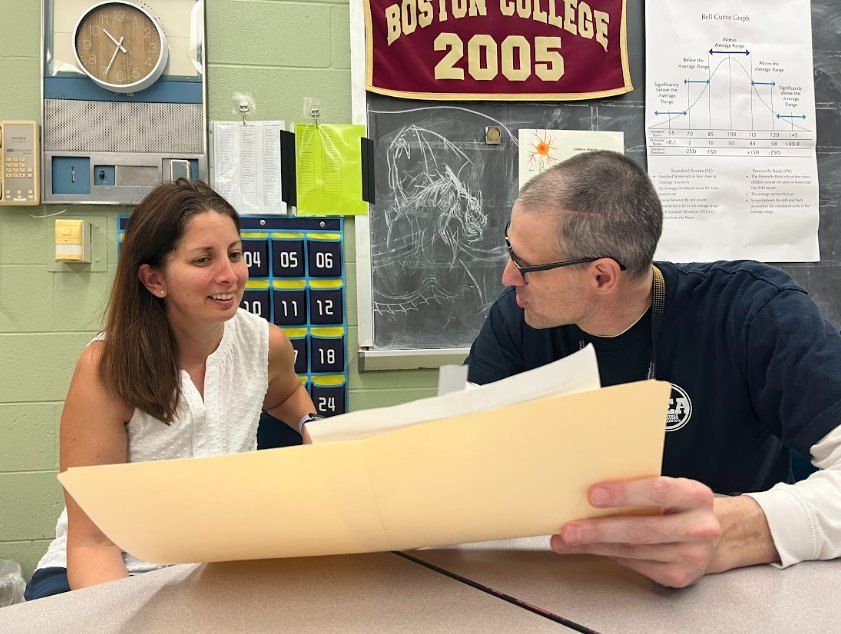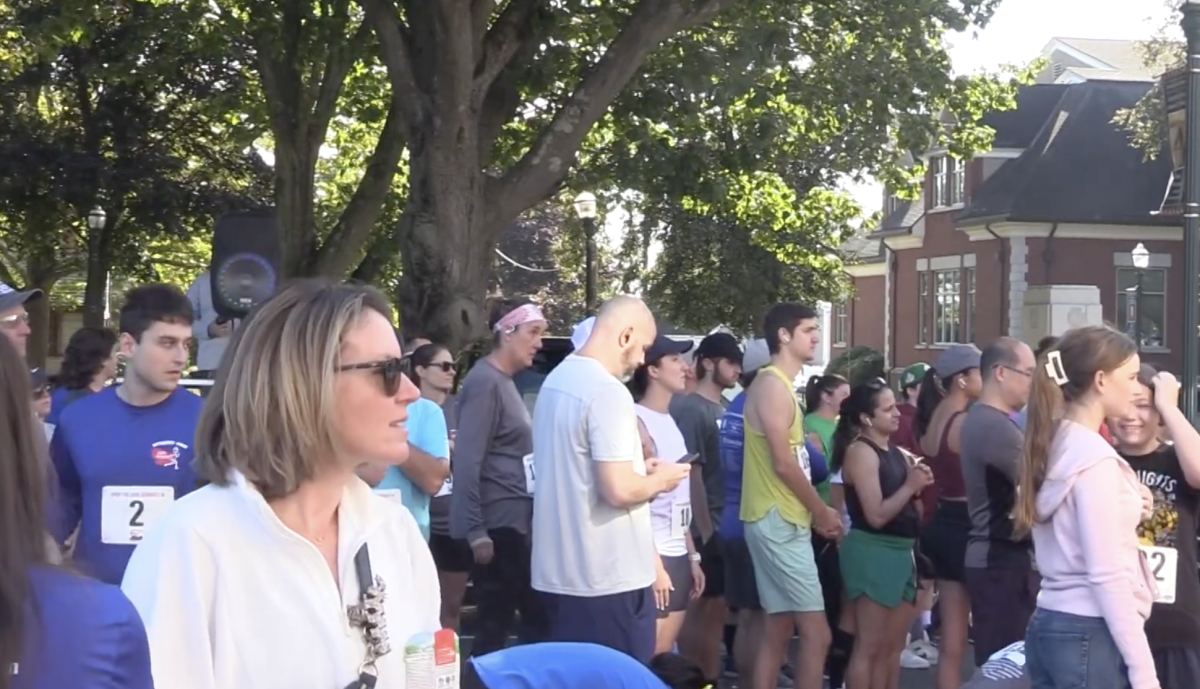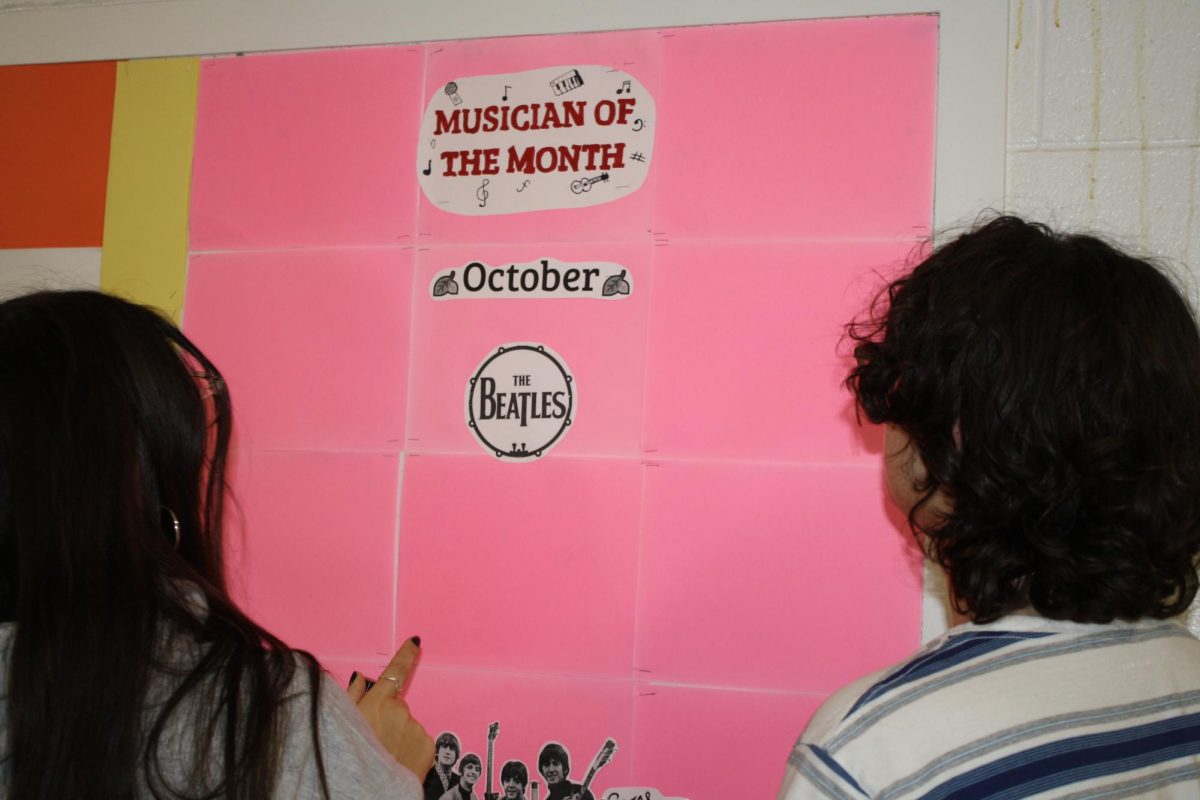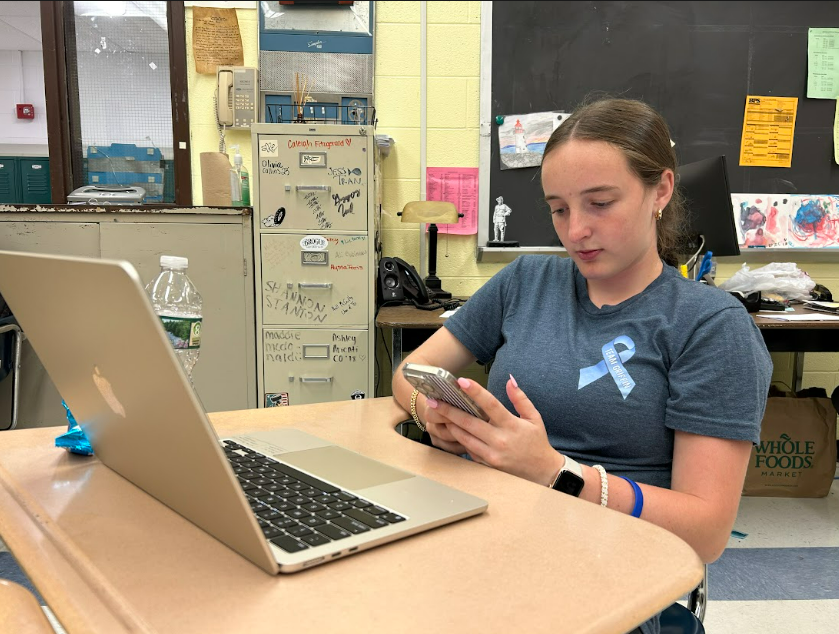Social media has become a huge part of everyday life for teenagers. It affects how they talk to friends, build relationships, and see themselves and the world. Apps like Instagram, TikTok, and Snapchat are especially popular, and teens spend a lot of time using them. Because of this, companies need to understand how much social media can influence young people. The way teens use these platforms has a big impact on marketing. Businesses must pay attention to trends, what teenagers like, and how they interact online. This helps companies create ads and products that connect with younger audiences and stay on top of what’s popular.
Today, many companies use social media to advertise directly to teens. Instead of relying only on traditional ads like TV commercials or billboards, they partner with popular influencers to promote their brands. This kind of marketing feels more personal and natural, which makes it more effective. At Braintree High School, the Business class taught by Mr. Belmosto helps students learn useful strategies for reaching an audience.
One popular strategy is working with social media influencers like Alix Earl, who has more than 7 million followers on TikTok. Alix simply records a product or restaurant and posts it for her followers to watch. She then makes money off of the post, and the brand is able to expand their audience.
Brands pay influencers to support their products, and because their followers trust them, this kind of advertising can be very convincing.
“I think it builds trust quickly. People trust these different influencers for lots of different reasons. People think that influencers are more real than celebrities. They might not understand that they’re getting paid to kind of pitch the product for them,” Mr. Belmosto explained.
In other words, if an influencer posts a video wearing a certain brand, their followers might be more likely to buy that product because they trust their favorite influencer and want to be like them.
“If an influencer is clearly getting paid for the ad, then I’m less likely to believe them. But if it seems like they are recommending a product rather than trying to sell it to me, then I would trust it,” said Braintree High School junior Rylie Gazzolo.
Companies also use social media to track what teens are interested in by analyzing likes, comments, and shares.
“They compile a lot of data, and then they look at their age, their location, where they buy the products, what they’re interested in, and then they try to post some targeted advertisements to those specific demographics,” explained Mr. Belmosto.
This data helps companies figure out what kinds of products to create and how to advertise them in a way that gets attention. Social media moves fast, and teens often scroll quickly through content. If an ad doesn’t catch their attention in the first 3–5 seconds, they’ll likely scroll past it.
“When an ad is quick, simple, and gets right to the point, it grabs my attention and makes me want to buy the product,” Braintree High School junior Maya Cheung said.
While social media is a powerful way to reach people, it also has its downsides.
“The main thing that comes to mind is it’s low cost or free, it really just requires time to make the post. You get that direct interaction with the customer, which is really important, and I think the main disadvantage is that it allows customers to say what they don’t like about your business, and then those reviews can go viral,” explained Mr. Belmosto.
One risk companies take when posting ads online is the chance of getting bad reviews. These comments can be seen, liked, or shared by anyone, which can hurt the product’s image. But even negative comments can make the post more visible, since more people might see it.
Mr. Belmosto stated, “I think people spend so much time online. I don’t think social media is going anywhere for a long time and I think you and other consumers expect brands to be active and participate on social media and give information about their products and their brand image.


